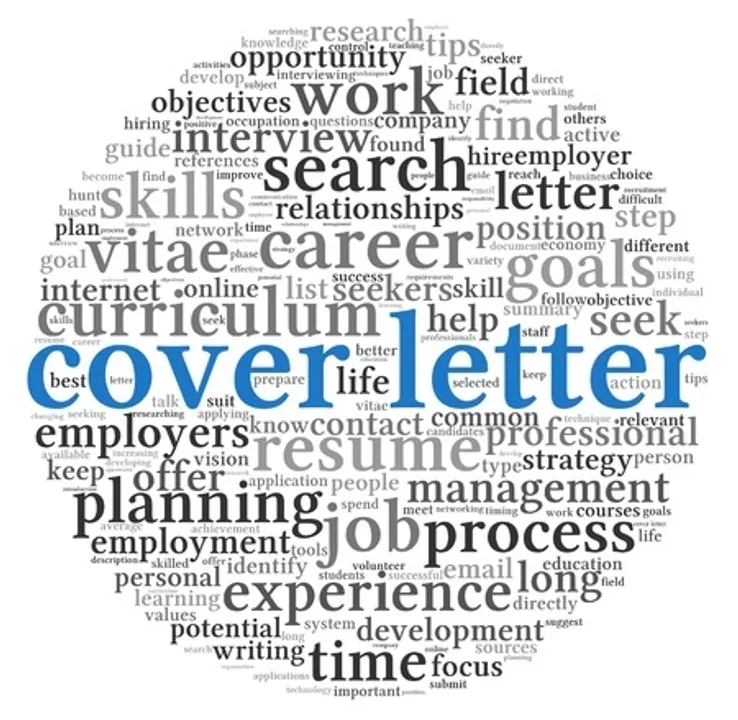Write a Cover Letter They’ll Actually Read

Rafa? Olechowski/123RF.com
If you are like most job seekers, you loathe having to write a cover letter. Many people find it intimidating because they do not know what the gatekeepers want to see. When I recruited healthcare professionals, I wanted the writer to quickly demonstrate that he/she met the basic qualifications for the position.
Too many people, unfortunately, recite lengthy information about their backgrounds. A cover letter is not a biography. A successful cover letter highlights, in a straightforward manner, your qualifications, and it prompts the reader to move on to your resume.
From my experience, cover letters should only have three sections and should never be more than one page long. Here are some tips to write a cover letter that HR Representatives and Hiring Managers will actually read.
- A Concise Introduction- Avoid a lengthy introduction, and begin your letter with a paragraph of three sentences. Start with a sentence that tells the reader what position you are applying for and where you saw the opening. Then, write a sentence that informs them of three specific areas of expertise that you bring to the position. Last, detail soft skills that you offer to a potential employer.
After the first paragraph, include a line that draws attention to your qualifications. Here is a sample opening paragraph.
I am a Registered Nurse, and I am responding to your ad for a (Insert Job Title & Job #) on the (Insert name of website). I am a detail-oriented professional with strong clinical and administrative skills. Doctors and Nursing Supervisors trust me to fulfill care plans and document all vital information.
My qualifications for this position include:
- The Middle Section, Not in Paragraph Form- When I was a recruiter, a hiring manager asked me to send her a cover sheet that listed five things I thought she needed to know about the candidate. She actually read the five bullet points on the cover sheet; she never read the cover letters. When I became a writer, I used this finding in my cover letters.
Instead of a paragraph in the middle of the cover letter, I recommend you highlight the five things about your background that are most important for your target position. A sample middle section for a recent graduate applying for a Staff Nurse opening looks like this:
- LICENSES AND CERTIFICATIONS: Illinois RN License, CPR/BLS, ACLS, and PALS
- EDUCATION: Bachelor of Science in Nursing (BSN) from XYZ University
- STRONG WORK ETHIC: Worked as a Patient Care Tech while pursing my degree
- EXCELLENT BEDSIDE MANNER: Acknowledged by family members and supervisors for handling challenging situations with compassion
- COMPUTER SKILLS: Proficient in MS Office (Word, Excel, PowerPoint, Outlook), EMR, and EPIC
Review job descriptions for common requirements; this action helps you determine which credentials, experience, and soft skills to showcase. You can also use bullet points to highlight your most marketable assets.
- A Short Ending- I advise people to make the final section a paragraph with no more than three sentences. In that paragraph, invite the reader to review your resume, thank the reader for his/her time, and let the person know you look forward to hearing from him/her soon. There is no need for a longer paragraph.
Take the Anxiety Out of Writing
When you use this format, it takes a lot of the anxiety out of writing a cover letter. A mid-section that highlights your qualifications is easier to read than a paragraph; therefore, you increase the likelihood that it will be read. You also reduce your writing time with this approach.
This format is easy to alter, so you do not have to constantly revise your cover letter. The fewer changes you need to make, the less likely you are to have typos or grammatical errors. Overall, follow the aforementioned three steps to create a strong first impression.
Related Posts
